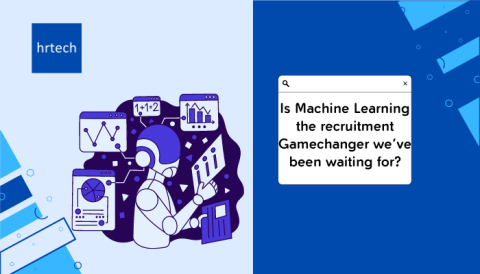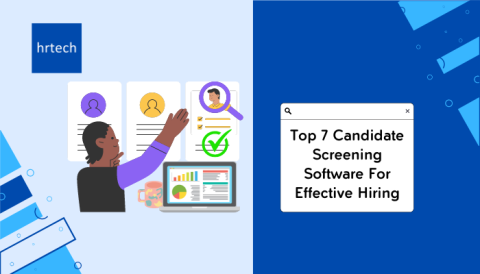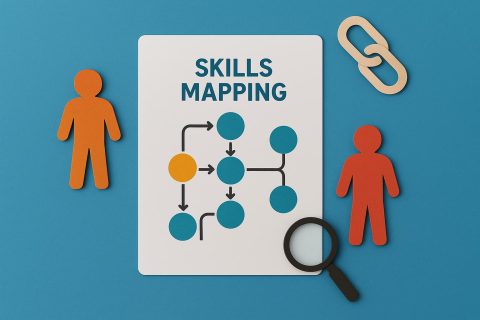TL;DR
- Staffing focuses on planning and managing workforce needs, while recruitment is centered around hiring for clearly defined individual roles.
- Businesses often confuse recruitment with staffing, which can lead to delays, cost miscalculations, and mismatched workforce planning.
- Choosing the right approach depends on the role type, urgency, compliance needs, and how quickly your team must scale or adjust.
- TeamLease supports you with full-service staffing, curated HR tools, advisory support, and structured training programs across functions.
- If you’re building or rebuilding your workforce model, it may be the right time to ask for expert support.
Introduction
You’re expected to scale teams fast, reduce hiring costs, and meet compliance, all at once. That pressure builds quickly, especially when business needs shift faster than hiring cycles.
Internal teams often struggle to balance long-term hiring with short-term project demands. You end up firefighting: late starts, skill mismatches, or empty benches costing revenue every day.
The Indian staffing and recruitment market is projected to reach $48.53 billion by 2030, growing at 13.2 percent a year.
In this blog, you’ll learn how recruitment in staffing works and why knowing the difference helps you act faster and smarter.
What Is Staffing? Meaning, Process, and Strategic Role
Staffing is the broader process of building and managing your workforce. It covers planning, hiring, onboarding, and deployment across different formats.
You might think of it as everything from headcount forecasting to managing benches. It includes full-time hires, project-based roles, and short-term deployments.
Let’s break down what staffing actually involves and how it functions within your organization.
Workforce Planning: Knowing What You Need, When You Need It
Staffing starts with planning. You identify future workforce needs based on business goals, project cycles, and compliance requirements.
This step helps you avoid late hiring, overstaffing, or underutilization. Many Indian companies still treat it as an ad-hoc task, which creates budget overruns and delivery gaps.
Sourcing Talent Across Formats
Unlike recruitment, staffing includes sourcing for a wide range of roles, contractual, permanent, part-time, or gig-based.
The flexibility of staffing helps you quickly respond to changes in business demand. It also gives you better control over costs and risks.
Onboarding and Deployment
Once candidates are hired, the staffing process also manages onboarding, documentation, and compliance.
You ensure that the right people are deployed at the right time, with clear roles and deliverables. This is especially crucial in sectors like IT, telecom, and manufacturing.
Staffing is not just a back-office function. It’s a core business lever. That leads us to a key part of staffing: recruitment.
What Is Recruitment in Staffing? Definition and Process Explained

Recruitment is the function focused on identifying and hiring candidates for specific roles, often permanent ones. It sits within the larger staffing process.
While staffing deals with the overall workforce lifecycle, recruitment is about finding and onboarding a candidate into a single role.
Here’s how recruitment in staffing works in practice and how it differs from staffing in scope.
Job Analysis and Requirement Finalization
You begin by defining what the role requires: qualifications, experience, skills, and reporting lines.
Getting this part right reduces mismatches and hiring rework. It also sets the tone for your entire recruitment campaign.
Sourcing and Attracting Candidates
Recruitment involves identifying suitable candidates using job boards, referrals, agencies, or social media.
Internal talent teams or external partners often run sourcing using AI-driven tools or custom outreach.
Screening and Interviewing
Once you have a pool, the next step is screening. You assess technical and behavioral fit, compensation expectations, and joining timelines.
Structured interviews and assessments follow. These stages are where recruitment really demands time and human judgment.
Selection and Offer
The shortlisted candidate moves to the offer stage. You negotiate, issue offer letters, and prepare for onboarding.
Recruitment ends with onboarding, but in the broader staffing view, that’s just one piece of the puzzle.
Now that both are clear, let’s compare them side by side.
Recruitment vs Staffing: Key Differences You Need to Know

While both aim to bring talent into your business, recruitment and staffing have different scopes, timelines, and outcomes. Understanding these differences allows you to choose the right approach based on the specific needs of your workforce strategy.
Below is a comparison to help clarify how each process works:
| Factor | Recruitment | Staffing |
| Purpose | Filling a specific role | Managing the entire workforce needs |
| Timeline | Role-specific, can be longer | Flexible, project-based, or ongoing |
| Types of roles | Usually permanent | Includes temp, contract, full-time |
| Ownership | Internal HR or recruitment partner | HR, vendor, or staffing firm |
| Compliance scope | Limited to the candidate role | Covers payroll, tax, and labor laws |
| Focus | Talent fit for the role | Talent fit for business goal |
If you’re hiring for leadership or niche roles, recruitment works best. If your business is scaling or shifting often, staffing helps you stay flexible.
Now that you’ve seen how recruitment and staffing differ, let’s look at how one provider helps you handle both with less effort.
TeamLease: End-to-End Workforce and HR Services You Can Use
TeamLease is one of India’s most established partners for managing workforce and HR transformation.
If you’ve struggled with hiring delays, payroll compliance, or vendor inconsistencies, this section is for you.
Here’s what we offer:
- Staffing and Payroll: We handle sourcing, screening, onboarding, payroll, and compliance across industries, so your internal teams can stay focused on strategic priorities.
- HR Tech Marketplace: Our platform gives you access to over 450 HR tools, curated for your team size, hiring volume, and business structure.
- HR Advisory Support: We work with you to improve hiring processes, redesign workflows, and close delivery gaps across internal and external HR operations.
- Hire-Train-Deploy and Learning: Our network of 10,000-plus trainers delivers targeted programs that build pipelines across tech, sales, support, and entry-level roles.
We deliver the people, tools, and support you need without long lead times or added complexity.
Contact us today to find the right solution for your workforce goals.
Conclusion
Understanding the difference between recruitment and staffing is crucial for building a workforce that supports your business objectives. By focusing on the specific needs of each approach, you can better plan for growth, manage costs, and stay compliant. Whether you’re hiring for permanent roles or need the flexibility of temporary staff, having the right strategy in place makes all the difference.
If you’re ready to improve your hiring process and workforce management, book a demo with TeamLease today. Let us show you how we can help you meet your staffing and recruitment needs more effectively.
FAQs
Q: What is the primary purpose of staffing in a business context?
A: Staffing helps manage workforce numbers based on changing business demands across projects or locations. It keeps operations running without long hiring delays or cost spikes.
Q: How is recruitment different from general hiring?
A: Recruitment follows a structured approach to identify and hire people for specific roles. General hiring may cover broader needs without the same depth or focus.
Q: When should a company use staffing instead of recruitment?
A: Staffing works better when you need quick hires for temporary, contract, or seasonal work. It supports scale without building permanent headcount or overhead.
Q: Can staffing solutions work for leadership and niche roles?
A: Some staffing firms offer senior or specialized hiring support if they have strong domain expertise. It depends on their recruiters, network, and delivery model.
Q: What should I check before choosing a staffing partner?
A: Look at their turnaround time, sourcing methods, payroll process, and compliance practices. Clear terms and proven delivery matter more than brand size alone.







